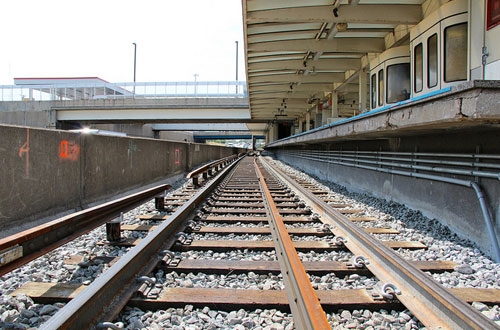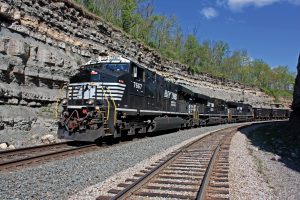CTA considering two Red Line extension options
Written by Jenifer Nunez, assistant editor
The Chicago Transit Authority (CTA) has narrowed down the proposed Red Line Extension (RLE) Project to two preliminary options.
The RLE project will extend the Red Line from the existing 95th Street Terminal to the vicinity of 130th Street. The 5.3-mile extension would include four new stations near 103rd Street, 111th Street, Michigan Avenue and 130th Street, each of which would include bus and parking facilities. The current estimated cost of the project is $2.3 billion.
Based on feedback received from the public this spring and summer via community meetings and comments provided to the agency, the CTA is now focusing on one “preferred alternative” with two possible variations from five proposals that have been under consideration. The CTA believes these options would best serve communities and residents on the Far South Side.
One option is the Union Pacific Alternative, East Option. Under this option, CTA tracks would be placed immediately east of the Union Pacific railroad right-of-way from 99th Street to 118th Street.
Under the Union Pacific Alternative, West Option, CTA tracks would be placed immediately west of Union Pacific’s right-of-way from 99th Street to north of 118th Street.
The proposed alignment of the rapid transit line would be the same for the East and West options north of 99th Street and south of 118th Street.
The full analysis for the preferred options and separate, additional options that have been considered, the Union Pacific Railroad Alternative Right-of-Way Option, the Halsted Rail Alternative and the Bus Rapid Transit Alternative in lieu of a railroad extension, will be part of the Draft Environmental Impact Study (EIS) currently being prepared by the CTA as part of the process of securing federal approval and funding for the project.
The CTA expects to publish the Draft EIS by early 2015 for public comment and will hold public hearings to encourage feedback from the community. That feedback will be used to guide the selection of a final preferred option and the completion of the Final EIS, also a requirement of the federal project approval process.





